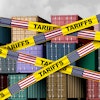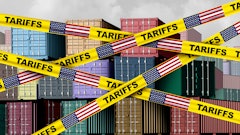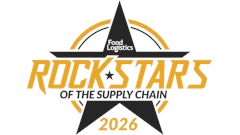
Previous projections from ITS Logistics show a steep import drop-off following tariff increases on Chinese goods. And, according to the recent ITS Logistics US Port/Rail Ramp Freight Index, rail ramps in key regions are experiencing operational stress as shippers redirect front-loaded inventory to interior point intermodal (IPI) routing, all while cargo theft at rail interchange points shows distressing trends for shippers and providers in 2025.
“I have clients with thousands of containers pre-loaded in China that is ready to come in,” says Paul Brashier, VP of global supply chain at ITS Logistics.
Over the next 4-6 weeks, expect a surge of containers, calling the 90-day pause “the pivotal moment for supply chain planning out of China,” Brashier says. “Shippers should be prepared to increase trucking and equipment capacity immediately to ensure they can withstand volatility and get their goods to market on time.”
Key takeaways:
· The United States and China agreed to a temporary tariff reduction, with the United States lowering tariffs from 145% to 30% and China lowering its tariffs on U.S. goods to 10% from 125%. With the new rates officially in place for the next 90 days, shippers are eager to restart imports, replenish inventories, and prepare for upcoming holiday seasons.
· The sudden surge in demand and uncertainty surrounding long-term availability of Chinese imports has the potential to spur another frontloading event that drives an early start to peak season for businesses in key industries like retail.
· Adding to emerging market challenges, industry experts are reporting a surge in cargo theft. Criminal networks in the United States and internationally are exploiting weaknesses in current supply chain systems, as well as technology intended to improve overall efficiency, to steal freight.
· ITS advises companies to prepare for an early kick-off to peak season that lasts through Q3. Additionally, as the supply chain industry enters Q4, tax policy, deregulation, and federal reserve policy could spur economic growth that drives higher year-over-year (YOY) volumes.




















